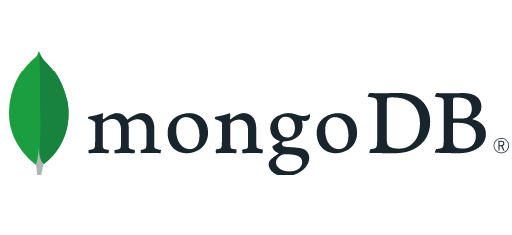What is MongoDB?

Hire Arrive
Technology
about 1 year ago
 MongoDB is a popular NoSQL database management system. Unlike traditional relational databases (like MySQL or PostgreSQL) which use tables with rows and columns (a relational model), MongoDB utilizes a document-oriented model, storing data in flexible, JSON-like documents. This fundamental difference leads to significant advantages and disadvantages depending on the specific application.
MongoDB is a popular NoSQL database management system. Unlike traditional relational databases (like MySQL or PostgreSQL) which use tables with rows and columns (a relational model), MongoDB utilizes a document-oriented model, storing data in flexible, JSON-like documents. This fundamental difference leads to significant advantages and disadvantages depending on the specific application.
Key Features and Concepts:
* Document Database: MongoDB stores data in documents, which are essentially key-value pairs. These documents are grouped into collections, analogous to tables in relational databases. However, unlike relational tables with rigid schemas, documents within a single collection can have varying structures. This flexibility is a major selling point.
* Schema-less Design: The lack of a rigid schema allows for easier and faster development. You can add or remove fields from documents without altering the entire database structure. This is particularly beneficial when dealing with evolving data structures or applications where the data model is not fully defined upfront.
* JSON-like Documents: MongoDB uses BSON (Binary JSON), a binary representation of JSON, for storing data. This provides efficiency in storage and data transfer. The familiar JSON structure makes it relatively easy for developers to work with.
* Scalability and Performance: MongoDB is designed for horizontal scalability. You can easily add more servers to handle increasing data volume and user traffic. Its use of indexing and sharding contributes to its performance.
* High Availability: MongoDB offers features for high availability, ensuring data redundancy and minimizing downtime. Replication and replica sets provide protection against server failures.
* Rich Query Language: MongoDB provides a powerful query language that allows for flexible data retrieval and manipulation. It supports various query operators for complex filtering and aggregation.
When to Use MongoDB:
MongoDB is a strong choice for applications where:
* Flexibility is paramount: When dealing with rapidly evolving data models or unpredictable data structures. * Scalability is crucial: When the application needs to handle large volumes of data and a high number of users. * Rapid development is prioritized: The schema-less nature enables quicker development cycles. * Real-time data processing is required: MongoDB's performance makes it suitable for applications requiring fast data access. * Big data analytics: MongoDB can be integrated with various big data tools for analysis.
When to Consider Alternatives:
MongoDB might not be the best fit for applications where:
* Data integrity is paramount: The schema-less nature can make enforcing data consistency more challenging. * Complex relationships between data are crucial: Relational databases excel at managing intricate relationships between data. * ACID properties are strictly required: While MongoDB offers some level of data consistency, it doesn't fully adhere to ACID properties (Atomicity, Consistency, Isolation, Durability) in the same way as relational databases.
Conclusion:
MongoDB is a powerful and versatile NoSQL database offering a compelling alternative to traditional relational databases. Its flexibility, scalability, and ease of use make it a popular choice for a wide range of applications. However, developers should carefully consider its limitations and whether it aligns with the specific requirements of their project before making a decision. Understanding the strengths and weaknesses of both NoSQL and relational databases is key to choosing the right technology for any given task.